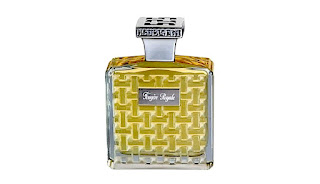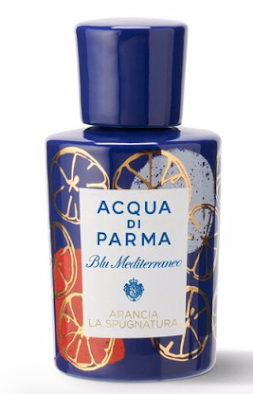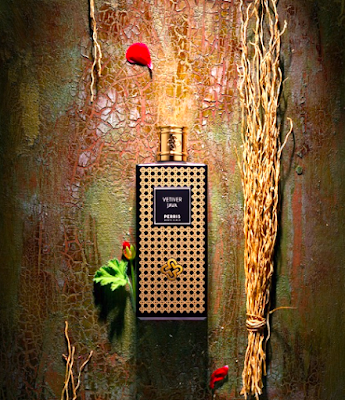Houbigant: Fougère Royale and Quelques Fleurs (#2)
This post originates here
Fougère
Royale (1882) is the first fougère scent in the history of perfumery,
namely the head of a family characterized by the presence of aromatic
notes (lavender, anise, sage, basil, tarragon, etc.) coupled with
spices and woods, delicately contrasted by a sweet accord (vanilla,
tonka bean, heliotropin). Fougère Royale contains coumarin, a
synthetic molecule derived from hay which had just been discovered.
Even Jicky by Guerlain (1889) contains coumarin, along with linalool
and vanillin, and this makes them the first "modern"
scents in history, that is not exclusively composed with natural raw
materials, and thus with a certain degree of abstraction.
From Fougère Royale descend all subsequent fougère scents: the most famous Brut (Faberge), Drakkar (G. Laroche), Azzaro, Paco Rabanne, Jazz, Kouros), Cool Water (Davidoff), up to the new modern fougères-type containing fruity, floral and fresh notes as Hugo (Boss), Minotaure (Picasso), L'Homme YSL, Prada Homme, Custo Man (Custo Barcelona) etc.
Maybe
because the central note of this fragrance, coumarin, is still used
today, the new Fougère Royale is pretty close the
Osmothèque reconstruction I smelled. The differences (from memory) reside
mainly in the general feeling of roughness/warm hay of the original,
golden and enveloping which in the modern version is fresher,
greener, shadier. The effect is delightfully rètro (this fragrance
is 130 years old!) and pretty well embodies the intent of the original
approach: vigorous, elegant, pleasant to wear even without knowing
the whole story!
At
the center of Quelques Fleurs (1912) was a delicate bouquet of sumptuous
white flowers perfectly balanced, accompanied by
aldehydes (C12mna). The effect was not soapy nor enamelled, but
bright and soft. A pinch of spice, musk and civet in the base accord gave the scent a sensual and enveloping feel, making it a
direct ancestor of Chanel's N.5 -those who could smell a vintage
version can feel this closeness. The modern version that I could try
retains the floral bouquet though decreasing it in richness, and
pushes on the aldehydes, with a result more brilliant, clean/soapy
and "spring green". Being essentially a floral
aldehydic it remains faithful in the sophistication and cleanness, but as entirely lacking in bottom notes of musk, which
worked as a counterpart for aldehydes, it expresses in a cleaner,
brighter, fresher, more metallic way. More contemporary, I would say. I think this is an honest
attempt to celebrate, one hundred years after the launch, a fragrance
that has really made the story. But unfortunately, all restrictions and difficulties in finding the right materials, still keep the original away.




Commenti